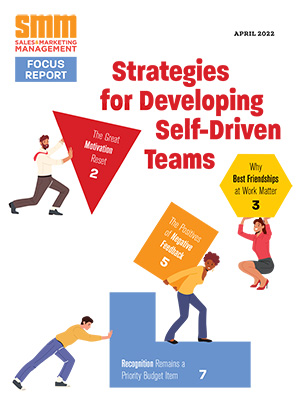A recent survey of financial services and insurance employees by Tinypulse, a company whose mission is to help businesses field engaged work forces, shows that only 20 percent of employees polled feel strongly valued at work. Not surprisingly, employees expressed a low level of satisfaction with their managers (47 percent said they are satisfied with their supervisors) and only 22 percent say they are happy at work.
It’s not all bad. Nearly nine out of 10 workers (87 percent) said their manager clearly defined each person’s role and how it relates to the overall success of the company. But that is a wake-up call that employees can be dissatisfied even when goals are clearly spelled out.
“I am not looking for a pat on the back every time I do something for a co-worker or a customer, but I think my hard work has been ignored,” one survey respondent said. “I have gone above and beyond in many ways and never been recognized for it.”
Trey Taylor, CEO of Taylor Insurance Services in Valdosta, Georgia, explains that a large part of this recognition malaise can be attributed to the nature of the job. Taylor notes that insurance agents suffer from long delays between when they complete a sale and when a client will benefit from its payout. An agent rarely sees the value of what he’s sold to the client and almost never gets recognized for selling something that has huge impact to the beneficiaries.
Taylor also mentions that employees feel underappreciated because employers are not investing in them, as evidenced by reduced commissions, no onboarding and a complete dearth of client-focused sales training. “Did you know that for every 100 people who will join the industry this year, only 11 of them will still be in the job in 36 months? It wears on people,” Taylor says.
Forbes contributor Victor Lipman says making workers feel appreciated was a pain point throughout his career of more than 20 years in the financial services sector. (He’s quick to add that it’s a problem that is pervasive across most industries.)
“The most ironic — and unfortunate — aspect of this widespread productivity-diminishing recognition gap is that it’s so avoidable,” Lipman writes. “Sure, companies can set up elaborate, costly formal recognition programs. They can be useful. But if I learned anything in decades in business, it’s that the kind of recognition employees really appreciate in the trenches…in the day-to-day grind of work…is much simpler. It’s a pat on the back from their manager. It’s being told they’re doing a good job. It’s a heartfelt thank you for a tough project well done. Sincere appreciation sincerely expressed. All of which take hardly any time. And all of which have exactly the same cost: nothing.”



